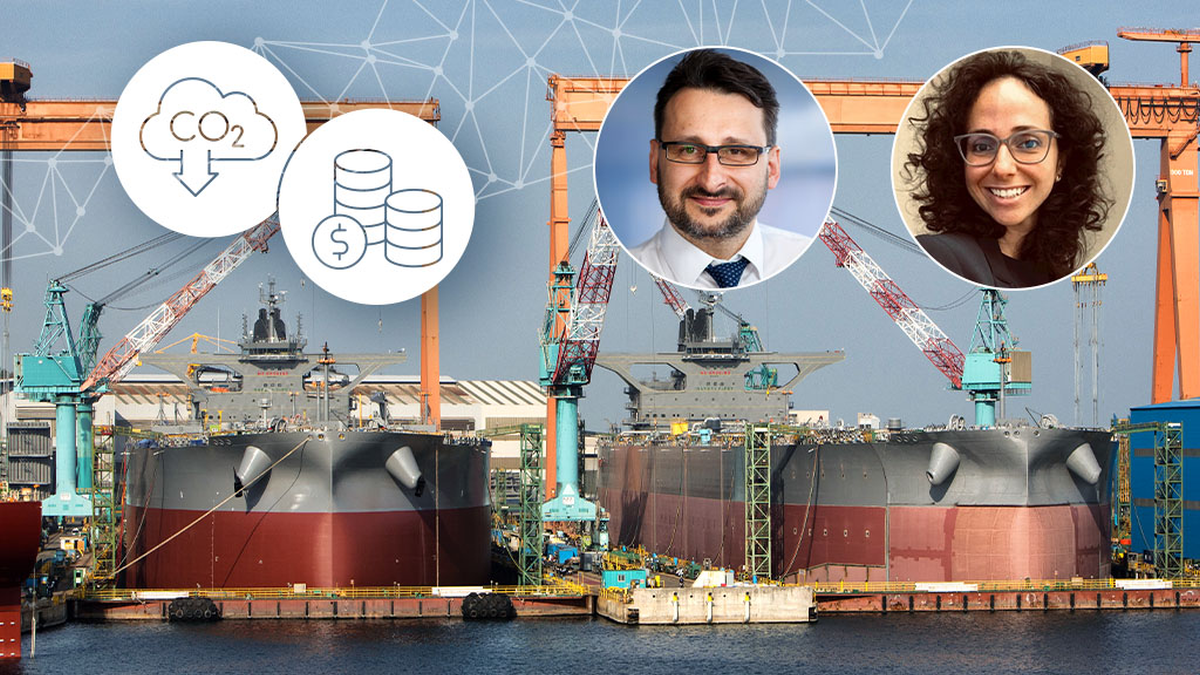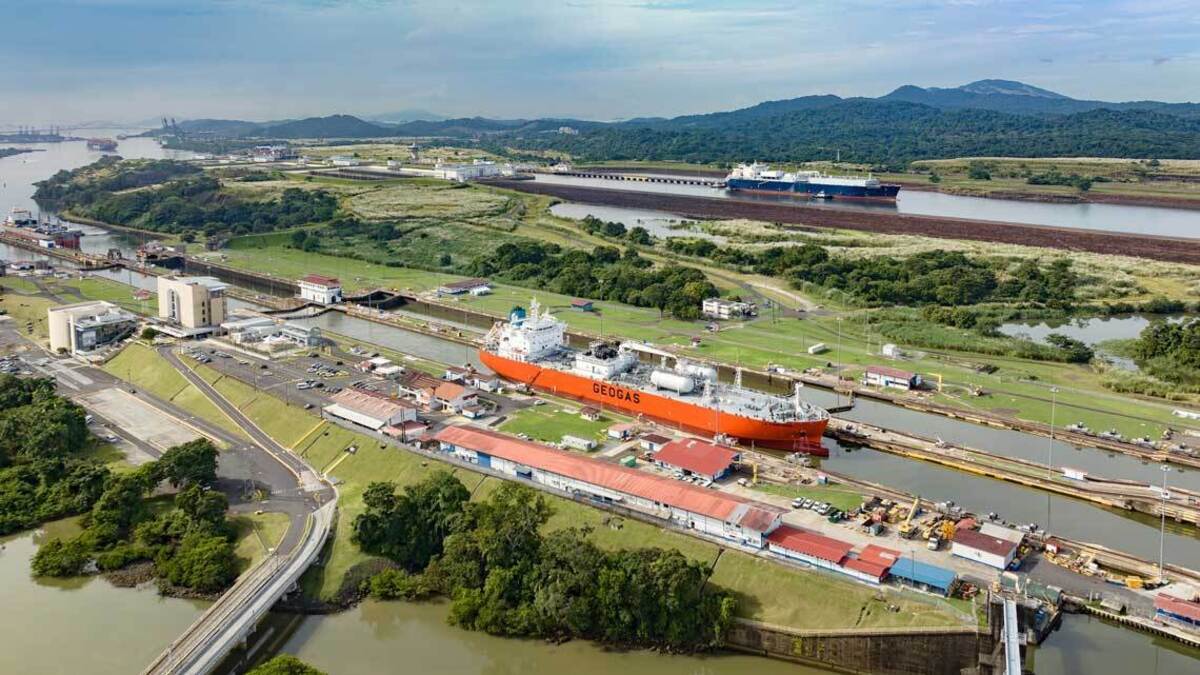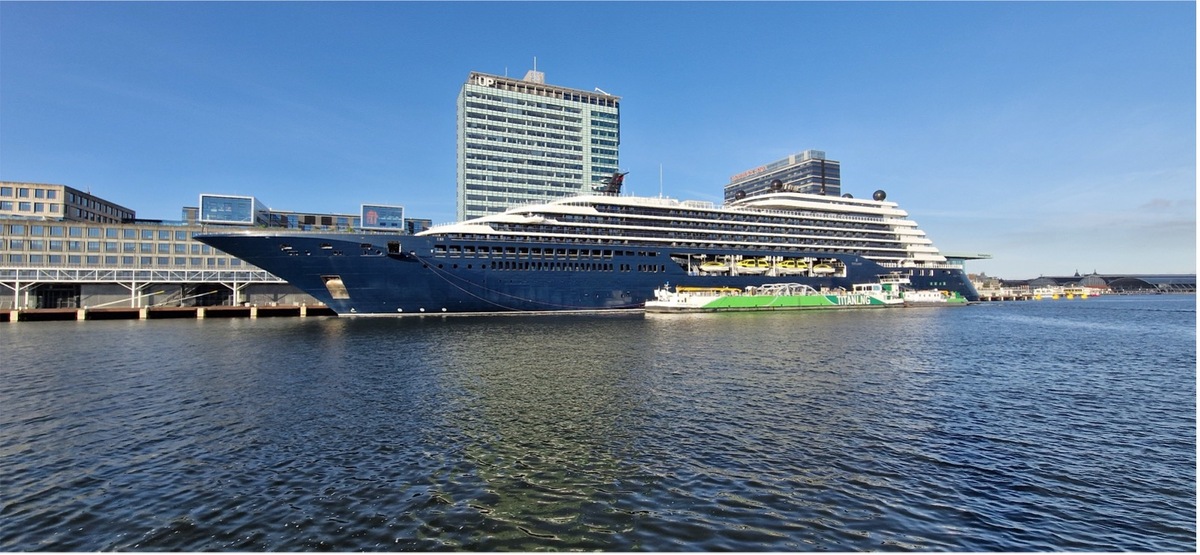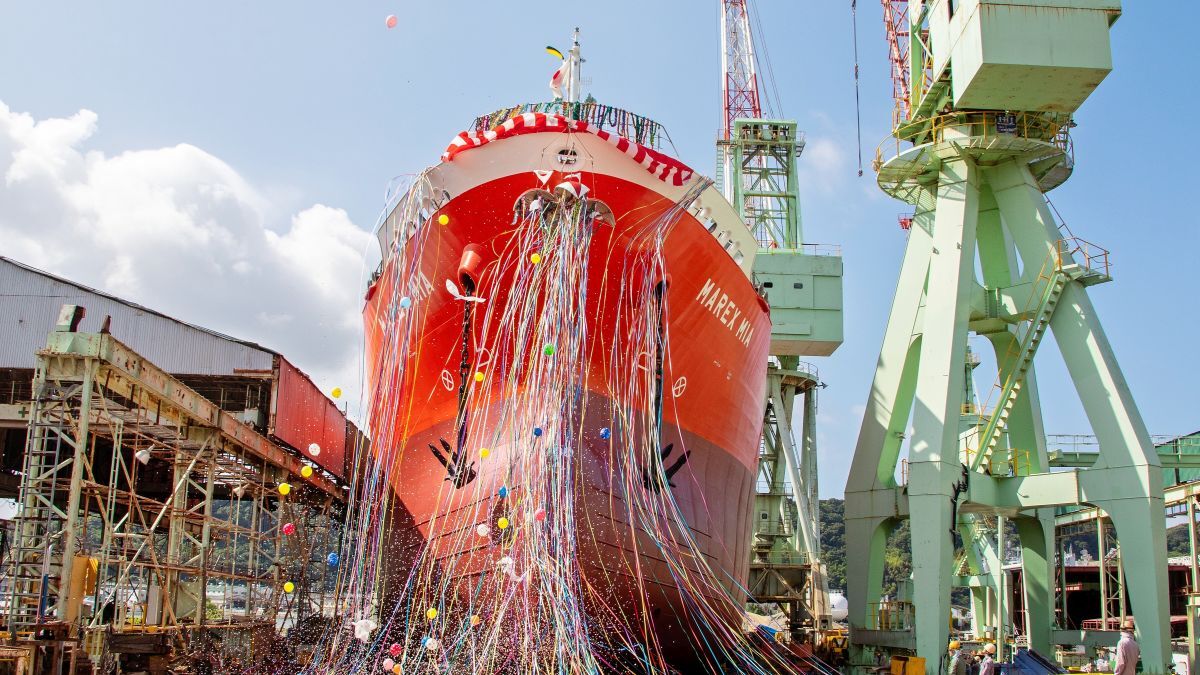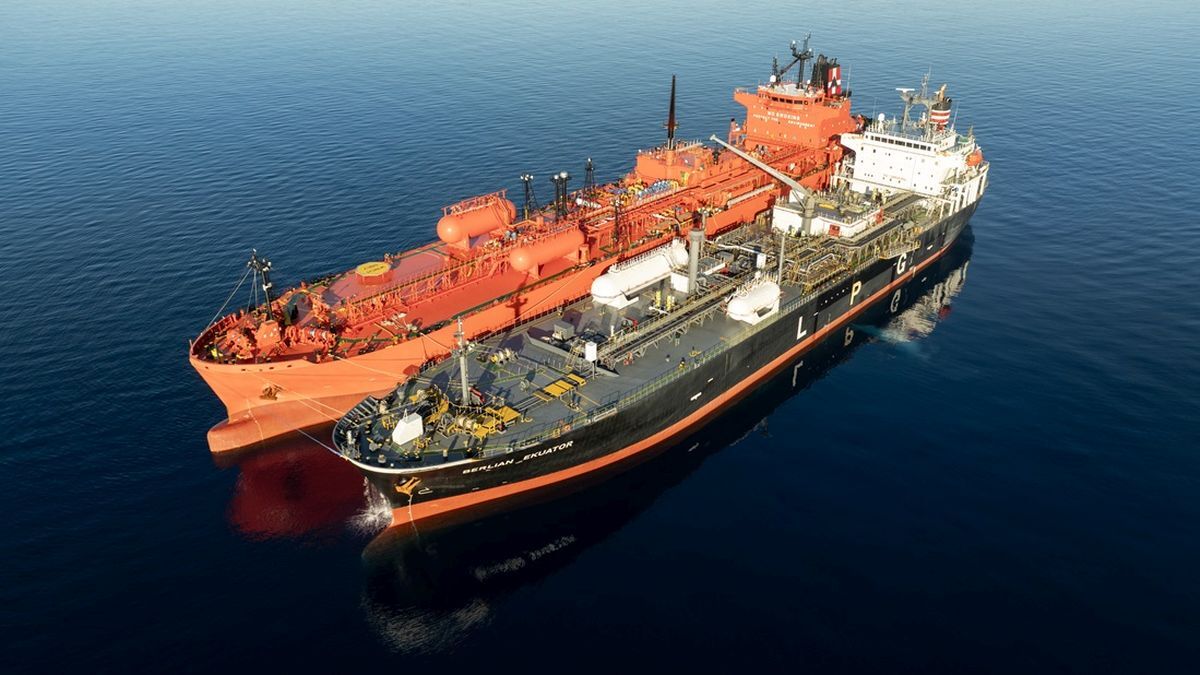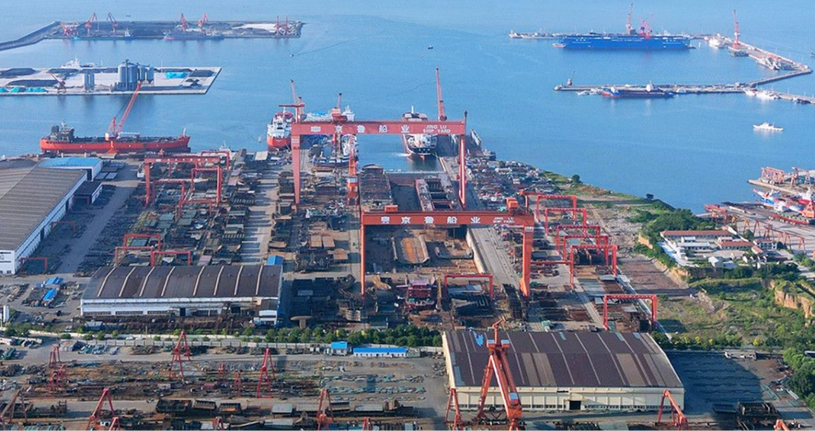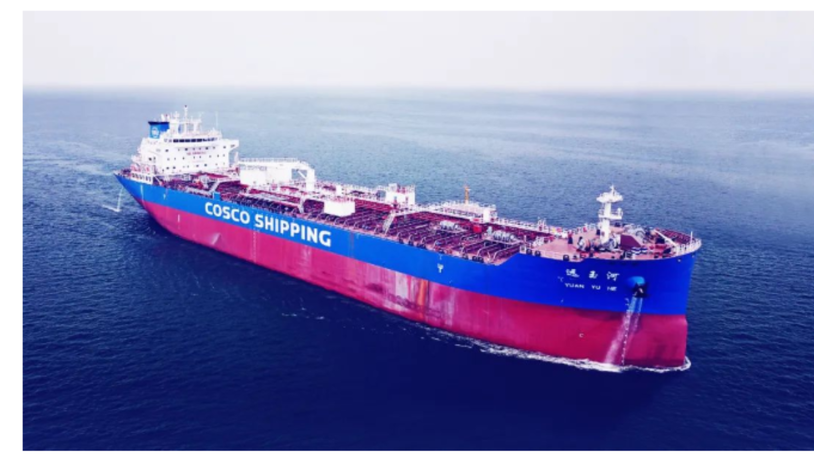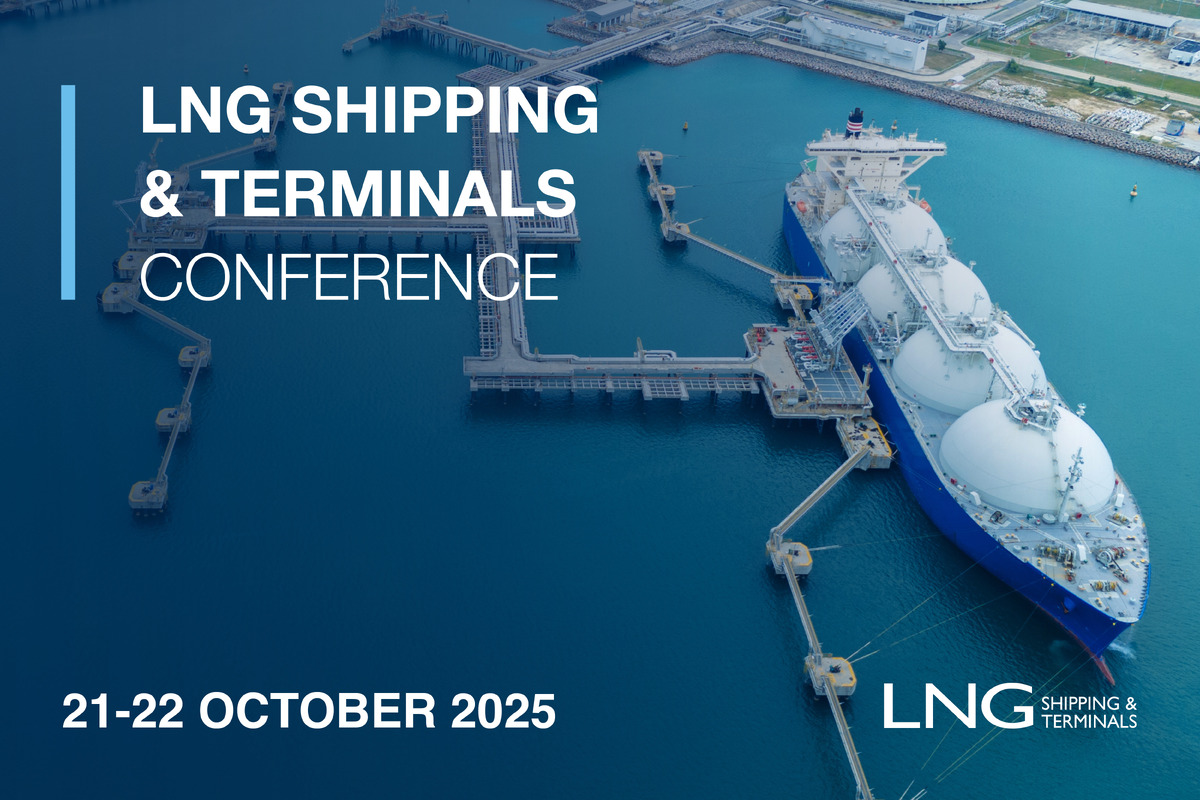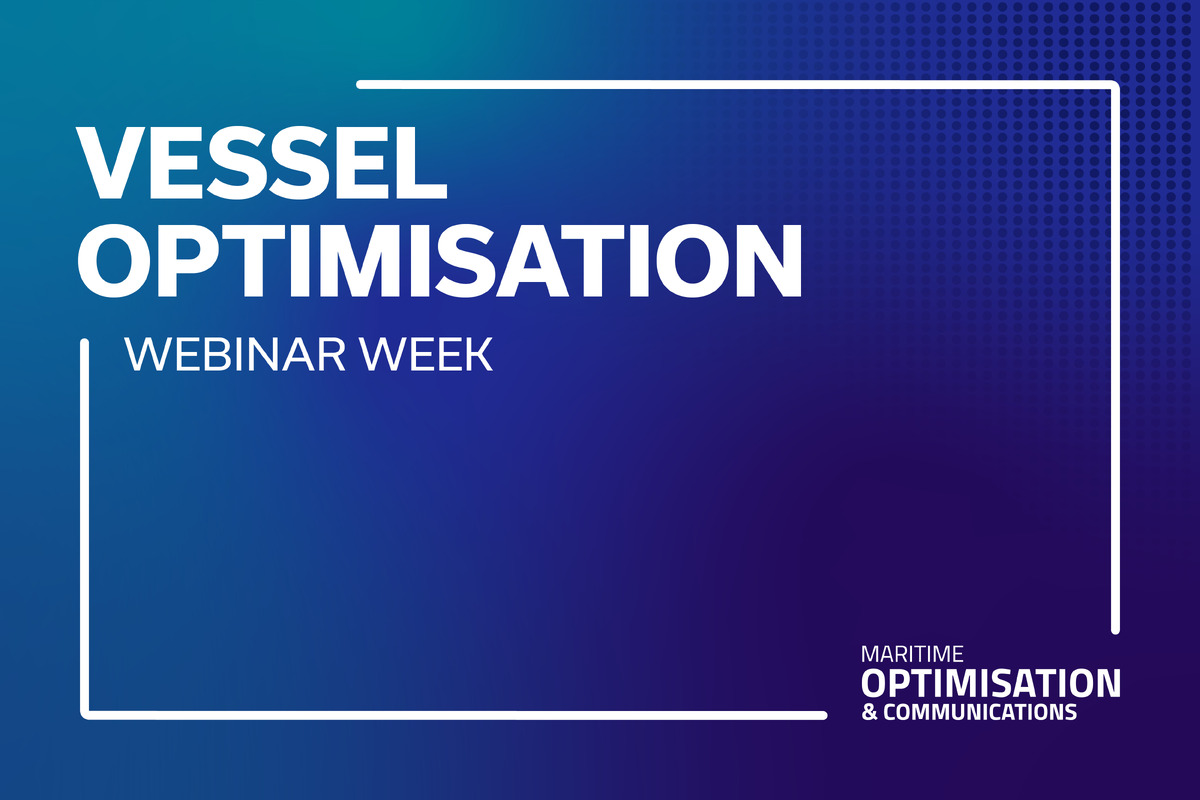Business Sectors
Contents
Register to read more articles.
How banks are financing a pathway to shipping’s decarbonisation
DNV maritime markets and trade director, Jakub Walenkiewicz, and ABN AMRO Bank head of shipping and intermodal clients, Anastassia Tcherneva, explain how banks can support shipping’s sustainability transition
In the quest for sustainable and decarbonised shipping, ship finance is pivotal to the newbuilding process. ABN AMRO Bank head of shipping and intermodal clients, Anastassia Tcherneva, explained during the Market Impact webinar, Ship finance and its role in the energy transition, that ABN AMRO recognises the gradual nature of the transition to lower-carbon shipping and aims to work closely with shipowners on their decarbonisation journey. It is a very different approach to the simpler, old-school, asset-backed ship finance.
Banks, too, are in transition. Capital requirements have steadily risen after the various bank-related financial crises over the last few decades, and the capital allocated to shipping is less. The allocated capital is carefully scrutinised to ensure that it aligns with a bank’s internal sustainability goals, as well as external regulations.
“When we look at new clients and new deals, we are very much incorporating a sustainability lens,” said Ms Tcherneva. “How are we putting this capital to work? What are a client’s plans in terms of decarbonising as per the market regulation?”
Rather than immediately excluding high-emission assets, the bank takes a holistic view, factoring in asset value, liquidity, loan-to-value ratios, and the potential for sustainable fuels like methanol.
It is also a question of risk exposure, noted Ms Tcherneva, in that certain shipping sectors are more attractive in this process than others, but that runs the risk of a bank being over-exposed to one sector.
"What are a client’s plans in terms of decarbonising as per the market regulation?”
The key is how a project will develop and whether its sustainability credentials will hold up over time. As ship financing becomes increasingly sophisticated, banks are embracing a more prominent advisory role in guiding clients towards sustainability and managing associated risks. The complexity of navigating through various expectations and requirements raises barriers to entry for new players in the industry, but banks like ABN AMRO are well-equipped to cater to these evolving needs.
Increasingly, being able to measure decarbonisation and Environment Social and Governance (ESG) activities against accepted Key Performance Indicators (KPIs) will become the norm for projects.
“I would call them important parameters, which will make their way into the process of any bank allocating capital to any industry,” said Ms Tcherneva.
As a shipping bank, ABN AMRO is also providing client services in finding alternative forms of finance. Ms Tcherneva noted that for projects involving new technologies and alternative fuels, there are opportunities for different sources of capital, such as the bank’s sustainable investment fund or third-party providers, for which the bank intermediates.
The path to decarbonisation in the shipping sector is a journey that will require time, collaboration, and innovative capital solutions. “We cannot decarbonise the transportation sector overnight,” said Ms Tcherneva. “It is a gradual process with committed targets.”
Related to this Story
Events
Offshore Support Journal Conference, Americas 2025
LNG Shipping & Terminals Conference 2025
Vessel Optimisation Webinar Week
© 2024 Riviera Maritime Media Ltd.


